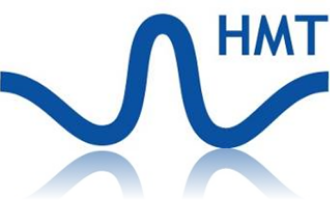Mitochondrial Metabolism
Mitochondrial disease and dysfunction require cellular metabolomics to measure small polar metabolites as well as fatty acids, vitamins, and co-factors to understand glycolytic, energetic, and respiratory pathways and functions. Our unique pathway maps covering glycolysis, mitophagy and ferroptosis enable us to work out metabolomic pathways associated with disease and drug discovery. Understanding cellular metabolism requires a broad capture of metabolites that cover multiple pathways. When possible, adding protein expression data to help focus on specific pathways and reactions. Mitochondria can take up on the average 25% of cell volume. Our pathway maps differentiate between mitochondrial and cytosolic pathways. Using cell based metabolomics, our F-SCOPE platform follows heavy atom labeled metabolites (glucose, glutamine, Leucine for example) to aid in data interpretation. Using our CEMS methods, we are able to measure and resolve many polar metabolites within the glycolytic and TCA pathways such as ribose-5 phosphate and ribulose-5-phosphate, glucose-1-phosphate and glucose-3-phosphate, ADMA from SDMA) allowing us greater coverage and greater specificity than other methods such as reverse phase chromatography and HILIC chromatography.
